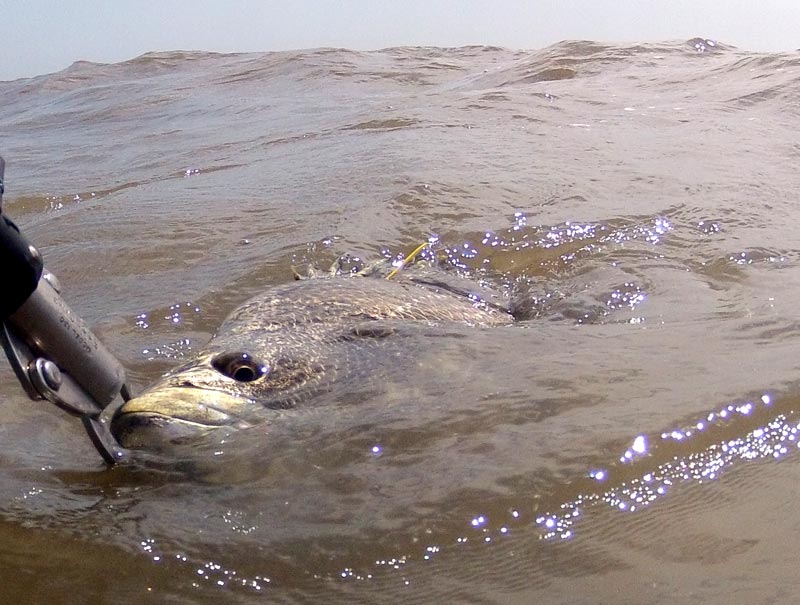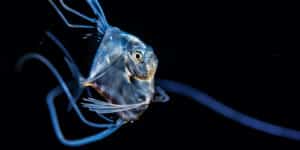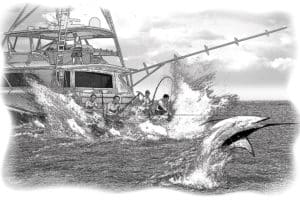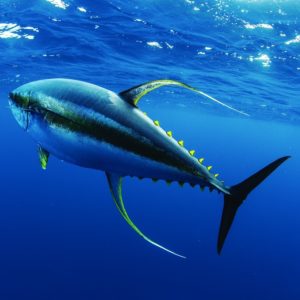
Releasing fish
Several photo and video posts I’ve seen online of late have me concerned. With all the information available to help anglers properly release fish, I still see many examples of negligent handling.
I’m guilty too. I know there are times that I’ve had photography on the brain and have forgotten to exercise proper care. So I write this as much to remind myself as to prompt others — especially now that the water is warming and those rising temperatures might further stress fish.
Here are a couple of key considerations that relate to the optimal release of virtually any fish that might be lifted or handled:
- Always consider the length of time you hold a fish out of water. If you can release the fish without lifting it from the water, do so.
- Fish are neutrally buoyant in water, so when you remove them from that medium, their organs must deal with gravity. Support a fish horizontally any time you hold it; that’s especially important with large, heavy fish.
- When you put a fish back in the water, don’t just drop it next to the boat. If you can touch the water when leaning over the gunwale or by climbing to the swim platform, hold the fish and move it to push water over its gills. With larger fish, put the boat in gear and let the water flow through the gills.
Obviously, we can’t always optimize a fish release. During tournaments, we often hold fish in release wells; when tagging some species, we bring them in the boat. If the fish must come aboard, remember that it carries a protective slime layer over its body. Use a rubber-mesh landing net to avoid scraping off the slime and do your best to quiet the fish before unhooking or tagging.
We have many other considerations for bigger species such as billfish or triple-digit tarpon.
Most conservation-minded captains and anglers have devised good tips and practices over the years. In a recent Game Plan column in the magazine, Capt. Jamie Hough of Flat Spot Charters out of Charleston, South Carolina, offered his advice.
Ultimately, handling fish boat-side becomes a balancing act that calls for each of us to show concern and interest and be aware enough to ask some important questions: How long was the fight? How does the fish look now that it’s up close? Was it injured or deep-hooked? How might the water temperature affect its recovery?
We know that the better we handle a fish, the better its chance at survival. And if it’s at all important to continue our fishing success, we need to care about that.







